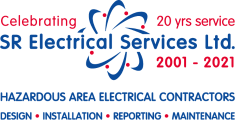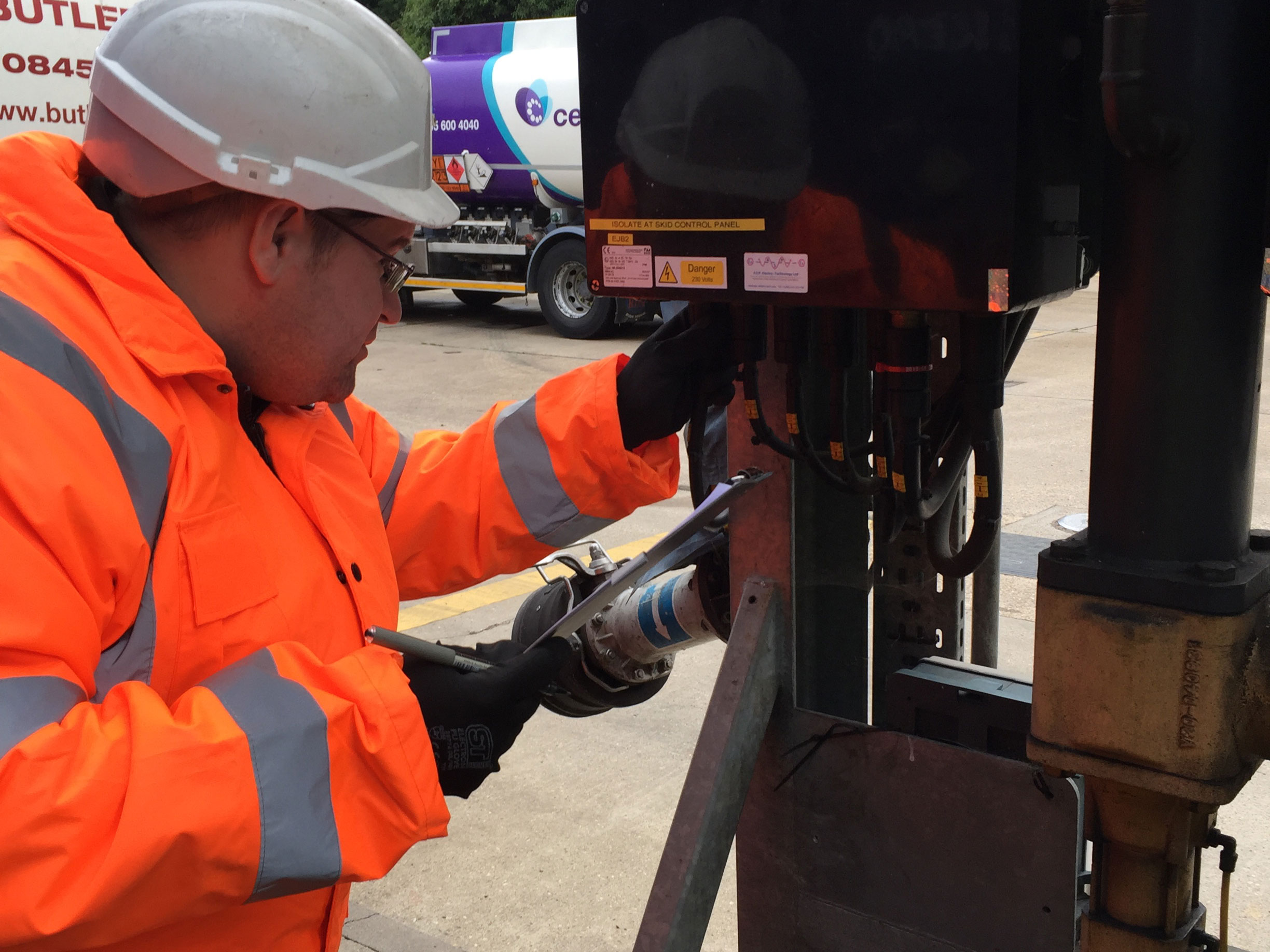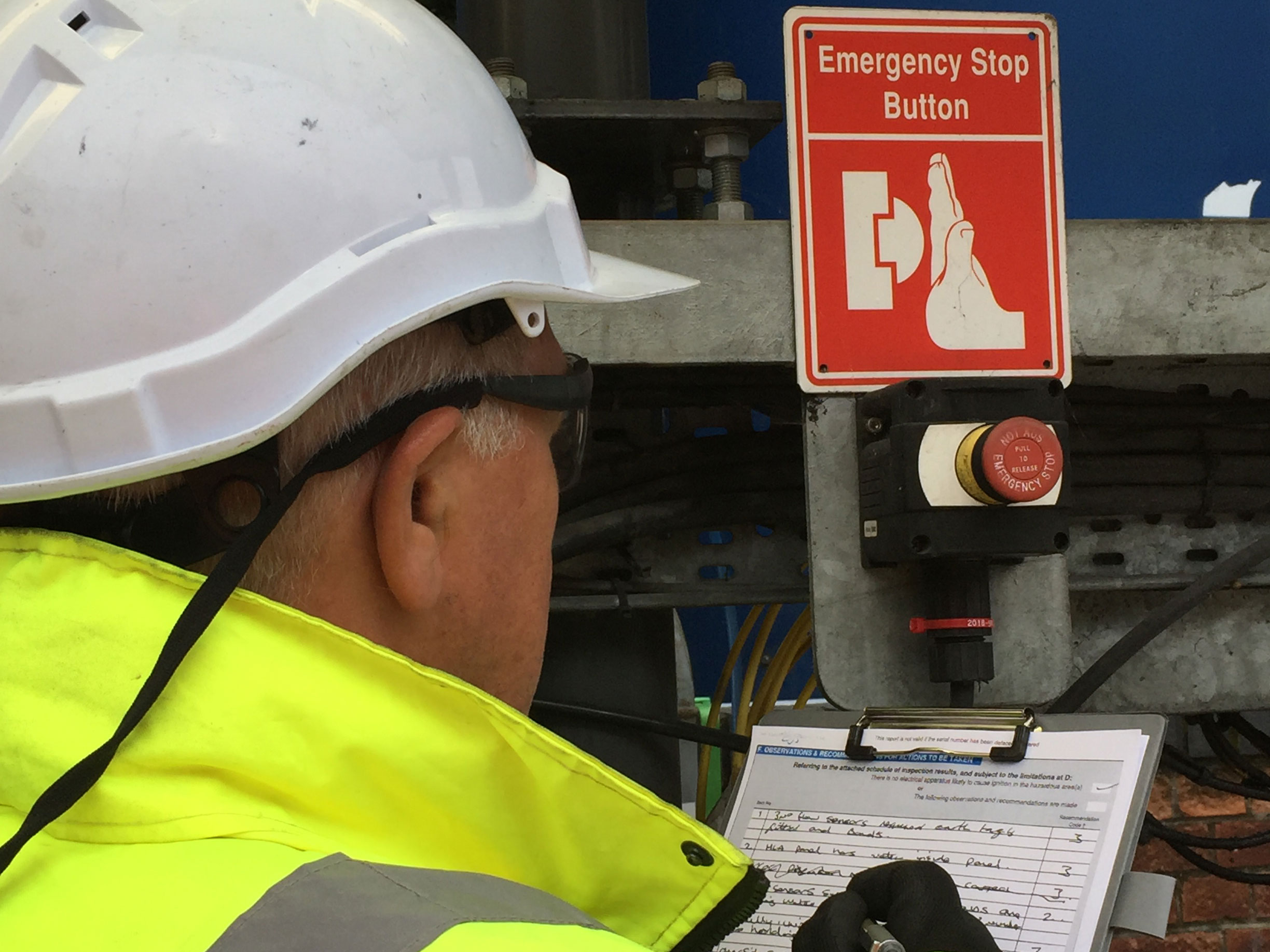We can help you ensure that your existing electrical installations are suitable for their zoned hazardous areas and that they meet requirements for industry regulations such as BS EN 60079-17, DSEAR, APEA and more.
There are 2 types of hazardous area electrical inspections that we conduct:
- Initial Inspections – A detailed inspection required to assess that new electrical equipment in a hazardous area is suitably protected and its installation is correct.
- Periodic Inspections - An inspection that is regularly scheduled to check equipment is still in shape and monitor any potential deterioration or change.
Pro Tip: Periodic inspections should be carried out at intervals not exceeding 3 years.
Your inspection will be adapted to your equipment and operations using our 3 grades of inspection: visual, close and detailed.
You can be rest assured that your inspection is in good hands as our engineers maintain recognised qualifications such as CompEx, NICEIC, CHAS and more! Plus, we use high quality ATEX certified equipment such as thermal imaging cameras to check control equipment and highlight any issues.
Once complete, you will receive the relevant certification including detailed inspection reports developed by our in-house experts.
An electrical inspection is an investment, and our services will help you avoid getting caught out by unexpected breakdowns or the consequences that come with non-compliancy. Get started and see how we can help you by contacting our team today.
Latest News
View all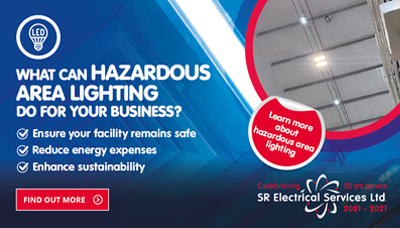
Your Quick Guide To Hazardous Area Lighting
Good lighting is crucial in keeping your facility well-lit and safe, however electrical ignition sources are one of the most common causes of fire and explosion in hazardous areas.
Read more about Your Quick Guide To Hazardous Area Lighting
Share
![]()
![]()
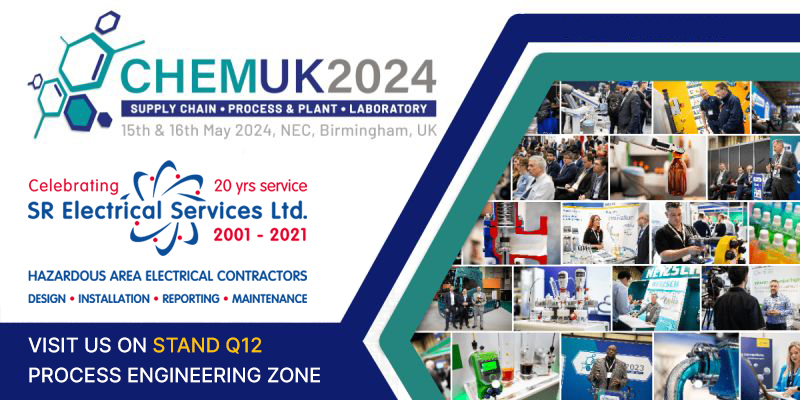
SR Electrical Will Be At CHEMUK 2024 This May!
We are excited to announce that SR Electrical will be at CHEMUK 2024 this Spring! The Chemical UK expo is the UK’s largest annual trade show for the chemical, laboratory and process industry.
Read more about SR Electrical Will Be At CHEMUK 2024 This May!
Share
![]()
![]()
Latest Projects
View all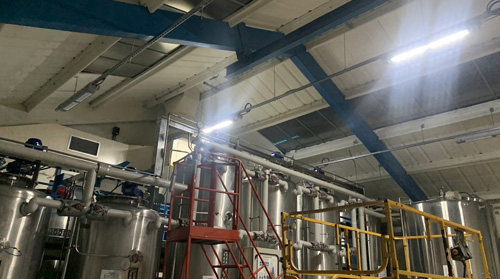
ATEX Certified Hazardous Area Lighting and Emergency Lighting
Our team helped a business in the food industry improve the lighting in their hazardous areas with the supply and installation of fully compliant, ATEX certified fittings.
Read more about ATEX Certified Hazardous Area Lighting and Emergency Lighting
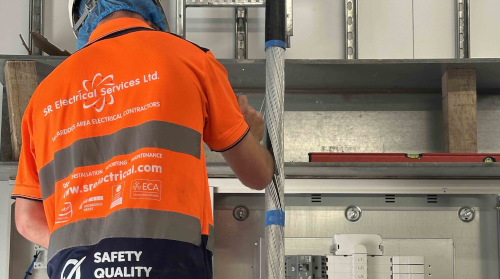
ATEX Lighting & Electrics Installation
Recently, we were called in to help a business in the food manufacturing sector with new hazardous area electrics at their site.
